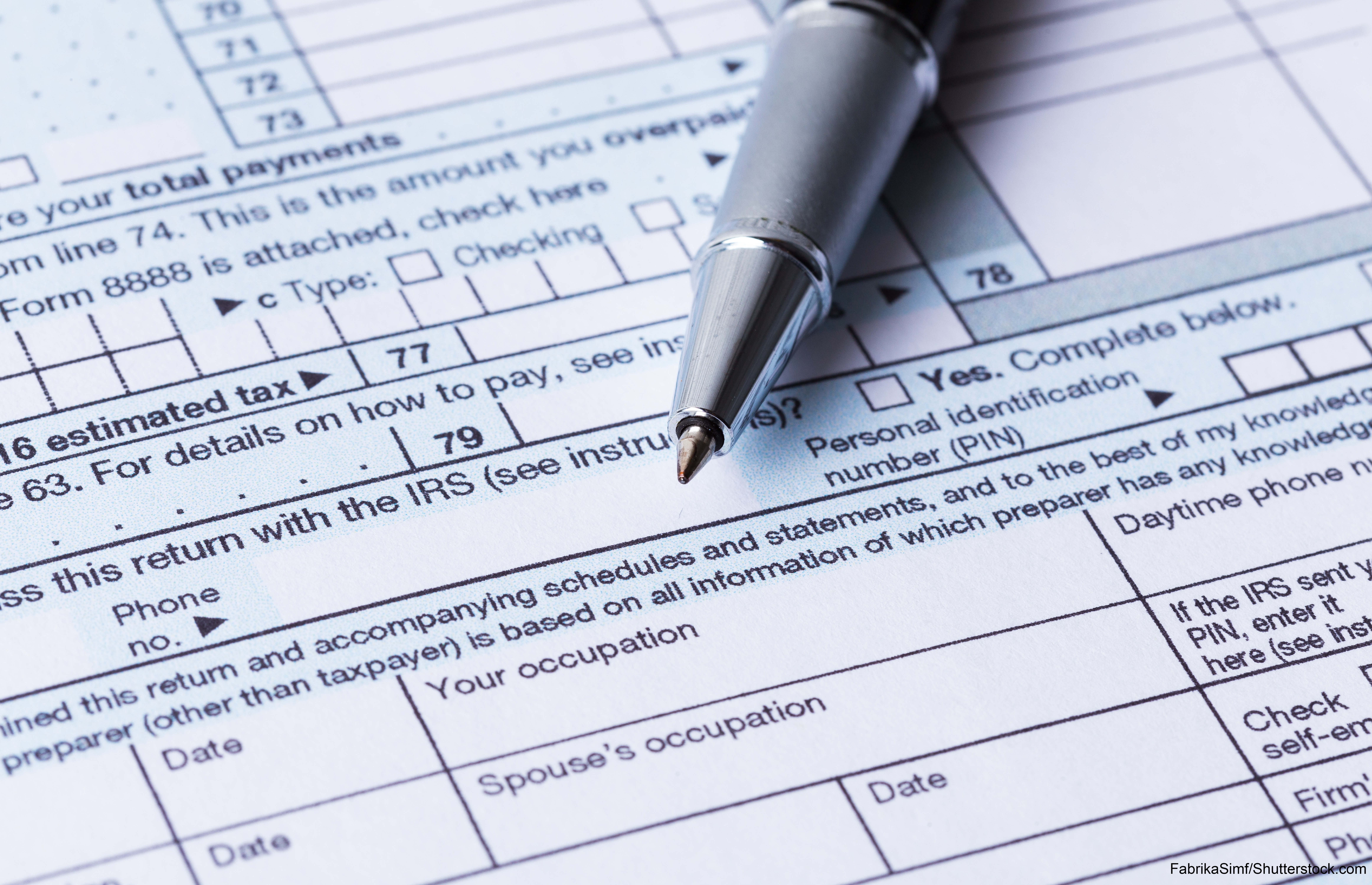Ohio has ways to go to improve tax policy
Apr 18, 2017This op-ed appeared in The Columbus Dispatch.

Now that it is springtime, even if we are fortunate to avoid another blast of cold weather, we are unable to avoid the only thing Benjamin Franklin said is as sure in this world as death: Taxes.
Thanks to the typical tax day falling on a weekend and the federal holiday, Emancipation Day, being observed on Monday, April 17, today is this year’s day of reckoning. So even though he is late, the taxman most assuredly is coming!
Lucky for us, Ohio policymakers, including Gov. John Kasich, have been busy trying to make this burden less onerous over the past several years. They have made real strides in this direction and deserve a round of applause for what has been accomplished.
Yet, more should be done, especially when it comes to our complex local taxes. Kasich and the General Assembly have continued to dramatically reduce what as recently as a decade ago was one of the highest state- and local tax burdens relative to other states. As recently as 2005, the personal income tax’s top marginal rate was more than 7 percent. It is now less than 5 percent.
Ohio policymakers built upon tax cuts made under former Gov. Bob Taft, eliminated the death tax, and provided significant small-business tax relief. Ohio policymakers also wisely recognized the importance of shifting from income taxes — which are one of the worst taxes when it comes to promoting economic growth — to consumption taxes, and they made marginal improvements to Ohio’s singularly unique and terrible municipal income tax.
Naturally, there is more to do.
First, The Buckeye Institute calls on policymakers to continue embracing our principles of good tax policy which include:
‒ Pro-growth — A tax system should minimize tax distortions, avoid high rates and discourage tax avoidance. A good tax plan will reduce tax rates on investment and labor, which are key components for economic prosperity and job creation.
‒ Simplicity — The tax code should be simplified by reducing loopholes, credits, and deductions. Complying with the tax code should not be burdensome. A simpler tax code makes it easier for both government administration and taxpayer compliance. A more complicated tax code increases the risk of special interest carve-outs and favors.
‒ Transparency — The tax code should be clear, enabling taxpayers to easily identify the specific taxes they pay. Ohioans should be able to understand debates over changes in tax policy and know how their elected officials are representing their interests.
‒ Fairness and equitability — A good tax code promotes equity by ensuring that taxpayers in similar situations are treated similarly, income is not taxed multiple times, and industries are not singled out for preferential tax treatment.
Alternatively, industries and individuals should not be punished and subject to punitive tax rates with government picking winners and punishing losers. People and businesses with equivalent earnings should pay similar taxes. Rates should not force individuals and businesses to change filing status for better tax treatment.
While Ohio’s state tax rates have dramatically improved, Ohio remains a state with a high local tax burden. In and of itself, this is not terrible. Ohioans actually get many of their services from local government, not the state. That said, according to the Ohio Department of Taxation, Ohio’s local tax burden ranks 13th nationally as a percentage of income. That is contrast to a state tax ranking of only 34. Overall, our tax burden ranks 24th and is clearly driven higher due more to our local tax system than our state tax system.
But the real problem is worse than just the rates. The burden of compliance and administration of some of these taxes, particularly the municipal income tax, can be massive and represent a bigger challenge than just the tax rates themselves. This is why a renewed effort to simplify the municipal income tax and its byzantine maze of compliance — including Kasich’s budget proposal that would move toward a singular centralized collection process for businesses through the state — is long overdue.
Though even if this were to be implemented, we still have the problem of double-taxation, since one can be taxed both where he or she works and where one lives if one is unfortunate enough to reside in a community that doesn’t offer a full credit.
So let us be happy for how far we’ve come. Tax policy is getting better in Ohio. The taxman is taking a smaller bite out of Ohioans’ wallets. But just as cold air can still hit us in April, bad tax policy can reverse our gains and add to the many other challenges Ohio faces as it tries to improve its economy.

